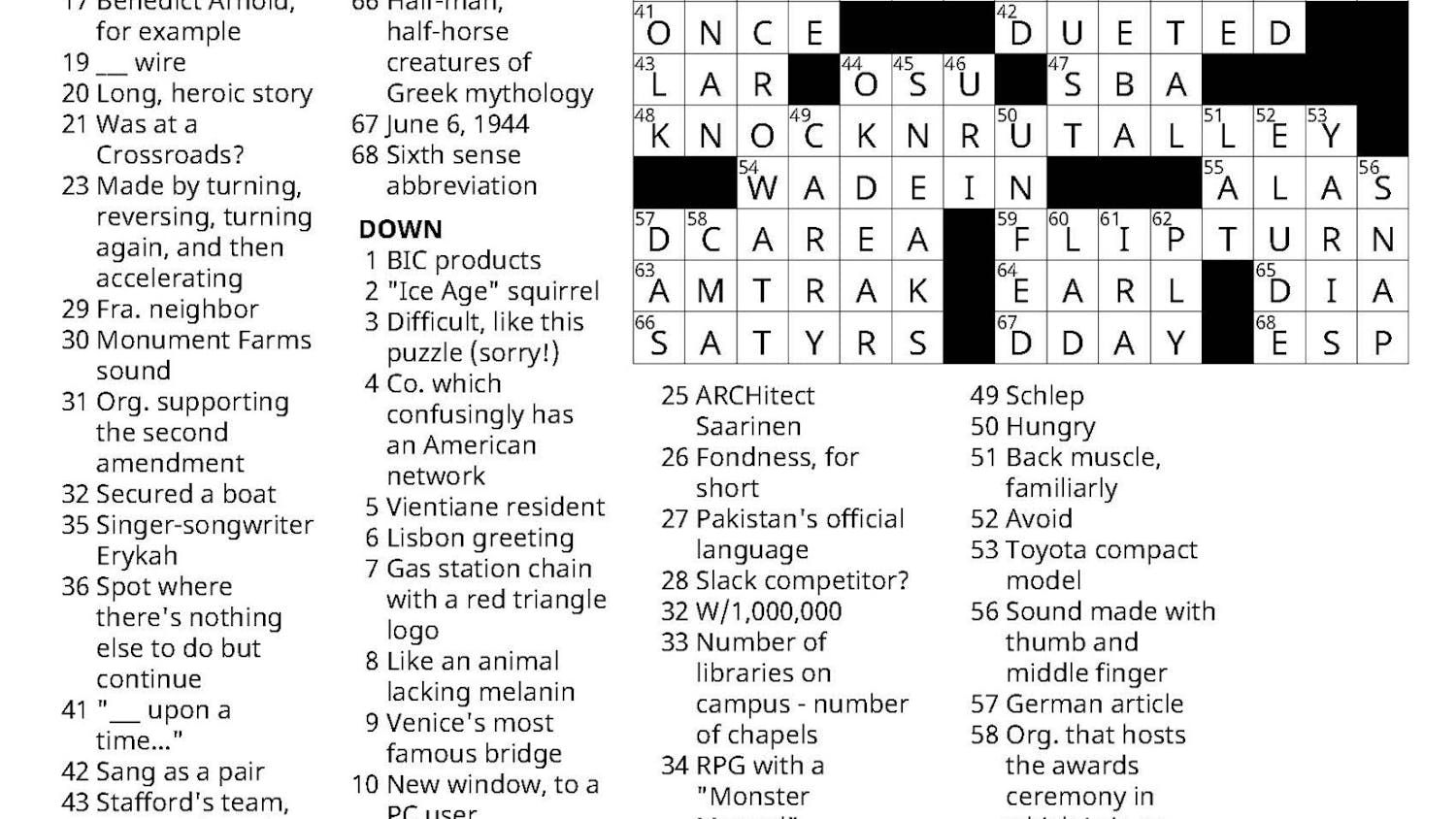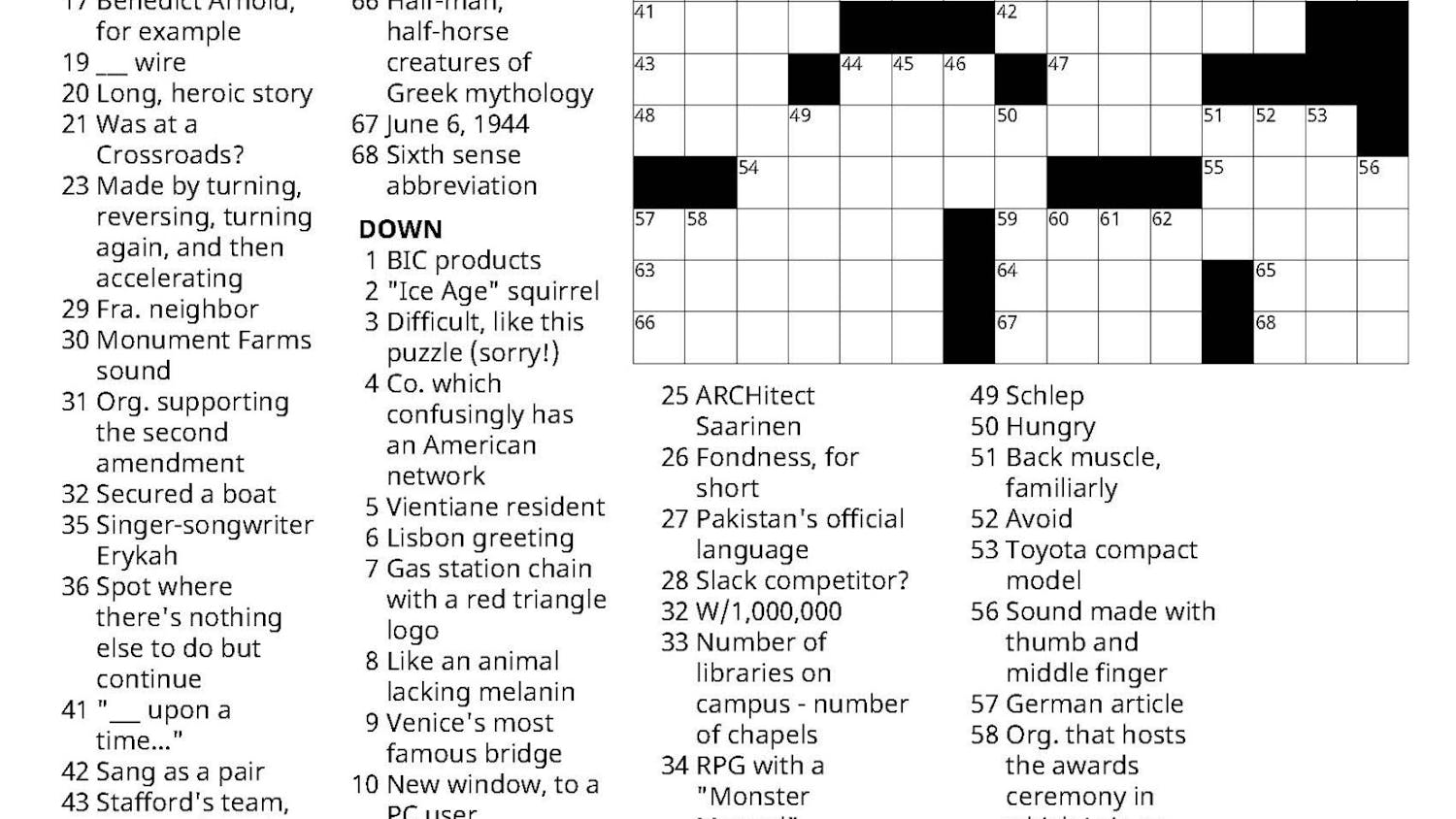From Sept. 30 through Oct. 14, the architectural works of renowned Canadian architect Brian MacKay-Lyons will be exhibited in Johnson Memorial Building. The display will be a combination of photographs, drawings, and documentations.

According to Visiting Assistant Professor of Architecture John McLeod, MacKay-Lyons’ regional modernist designs have “a sensibility about the place”, linking the environment and architecture by finding cues in local materials, culture, and topography. MacKay-Lyons is one of three Cameron Visiting Architects in the College’s architectural studies program this year. The program brings well-known architects to the College to work with students in the Department of History of Art and Architecture studio courses.
Going against the tide of historic brain drain, the Canadian architect returned to the province of Nova Scotia after studying in China, Japan, California and Italy. He founded his own practice in Halifax, the capital of Nova Scotia. MacKay-Lyons is now a fellow of the Royal Architectural Institute of Canada and the Royal Canadian Academy of Arts, and honorary fellow of the American Institute of Architects. His firm MacKay-Lyons Sweetapple Architects Ltd. has received numerous awards to confirm his success as a practitioner.
He is also a professor at Dalhousie University, contributing to architectural education in the region for more than two decades. He is the founder of the Ghost Architectural Laboratory, where a Middlebury architecture student has previously participated in an internship program.
The department is especially thrilled to have MacKay-Lyons visit Middlebury because he is both a renowned practitioner and an educator who can “practice what you preach,” McLeod said.
Furthermore, he says that MacKay-Lyons’ architecture “fits Middlebury’s way to approach liberal arts.” Regional modernist architectures are tailored to the local site with regional materials and forms that result from natural condition, as opposed to super-sleek-out-of-place glass boxes. However, it does not duplicate tradition and lose its modern aesthetics.
“The ability to contribute something new but in a respectful way to the local context” seems to go with Middlebury’s ideals, McLeod said.
McKay-Lyons will give a public lecture on Oct. 7 at Dana Auditorium in conjunction with the exhibition.
Architect puts new spin on old designs
Comments



